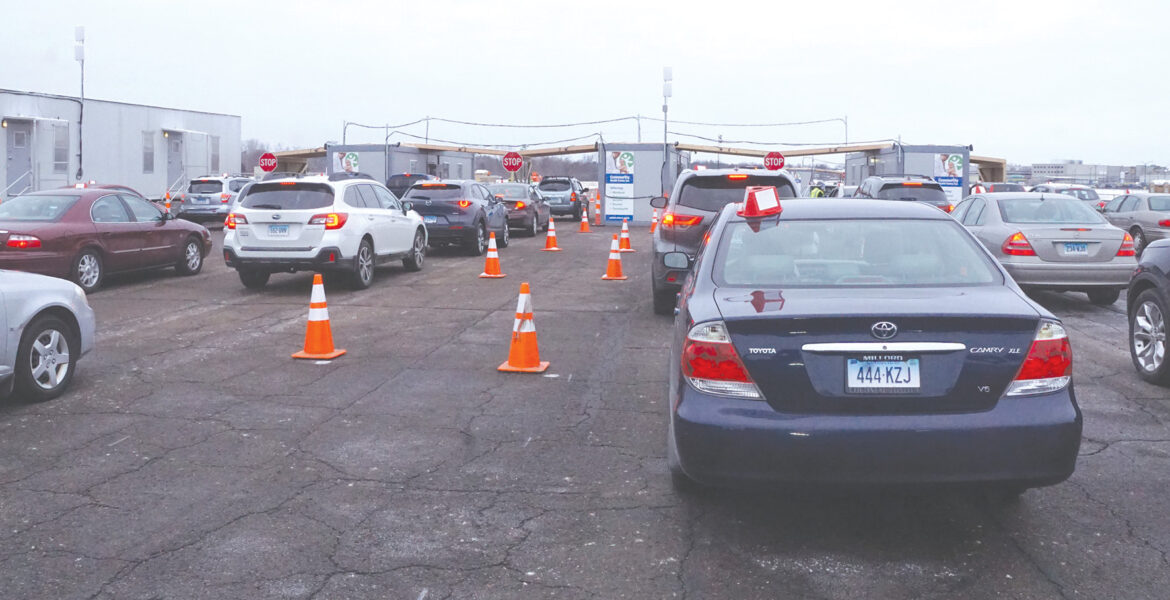When Gov. Lamont announced that oldsters 75 and up would soon be eligible for the COVID-19 vaccine, this reporter, who qualifies with almost two decades to spare, began asking when. CVS had no plans, so when the First Selectman’s office announced on January 24 that the Town had received 135 doses and had immediately made plans to administer them at the Senior Center, I jumped at the chance, sure I’d get a place in line, as I set out to sign up only 20 minutes after the First Selectman’s office’s email.
Unfortunately, the appointments were to be made through the State’s Vaccinations Administration Management System (VAMS), which turned out to be a clumsy and tedious process. And in the midst of that process, Cox let me down: I lost my email for about a day. When I got my connection back, there were no appointments left in Suffield.
It occurred to me that Suffield Community Aid might be able to help, and SCA Director Janet Frechette suggested that I phone VAMS instead of emailing. She gave me the phone number.
A very efficient young woman in Pennsylvania answered (on contract to VAMS), and in no time at all I had an appointment for my vaccination in the drive-through clinic at Rentschler Field in East Hartford on January 28, just two days ahead, as well as an appointment for the booster shot three weeks later. VAMS had to do what they do, of course, and when I got my email back I had a five-page information sheet, followed later by two appointment confirmations, an appointment reminder, and two requests to register for an appointment, the second one 12 days after my inoculation.
There was excellent signage on the approach to Rentschler when I reported at 8:50 a.m., on schedule. National Guard soldiers and Pratt & Whitney policemen equipped with iPads confirmed the appointments and guided cars through several sorting points into specific lanes amidst an abundance of traffic cones. Medical questionnaires were handed out, and the stop-and-go traffic movement allowed drivers time to fill them out. At one station, magnetic easels were set on top of most cars. Portapotties were placed at frequent intervals along the way.
After less than a half hour, I reached the inoculation station, which was set up much like toll booths on the interstate highways, with large portable offices alongside. After medical staffers gave the inoculations, National Guard soldiers chalked the time on the magnetic easels, so the final traffic managers could know when to release inoculated drivers. We were obliged not to leave for a quarter hour until the possibility of an early reaction to the vaccine had passed.
All in all, the whole operation seemed very efficient and well-planned. I was gone by 9:40 a.m. And my shoulder was just a bit uncomfortable to the touch for a day.
